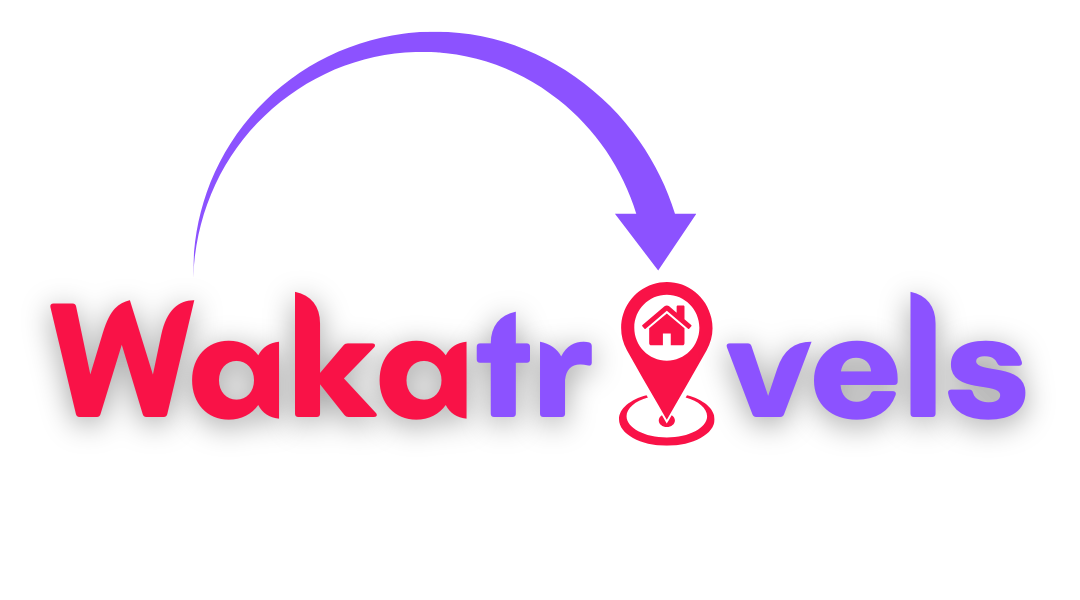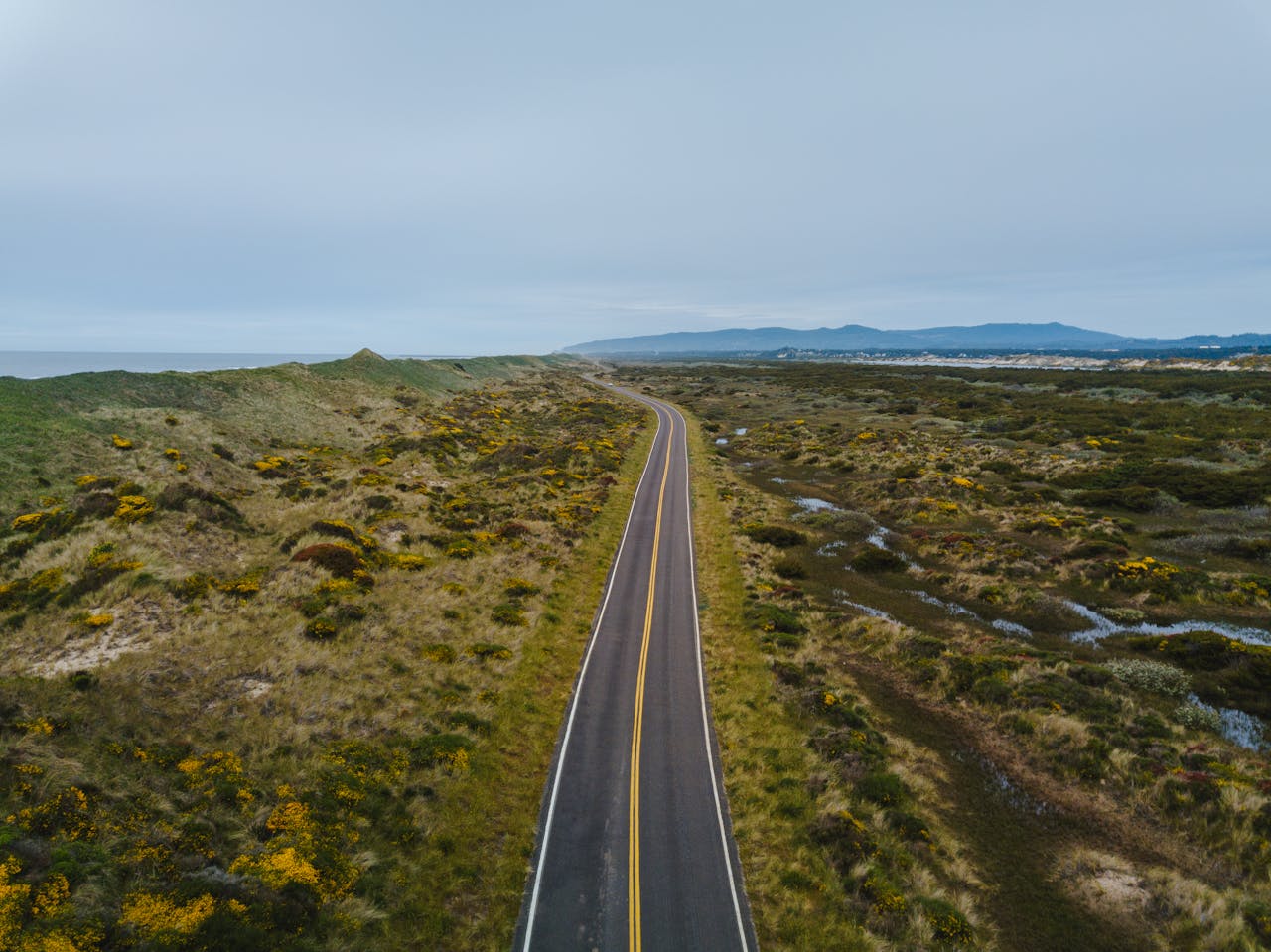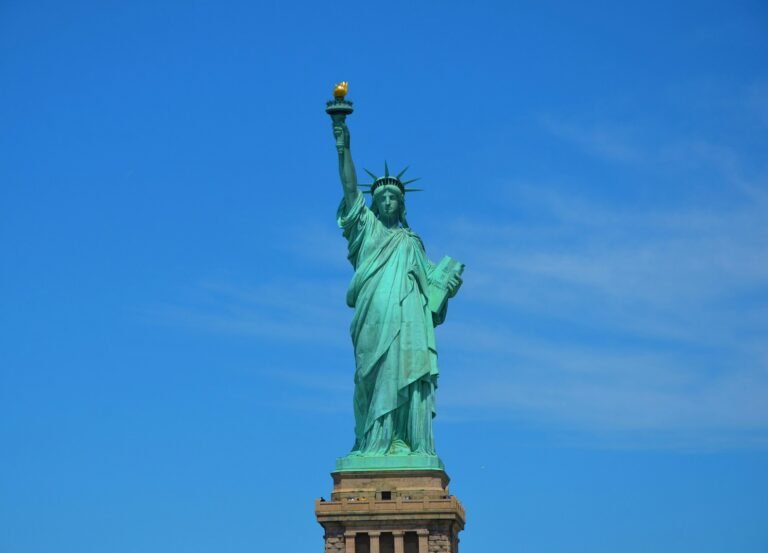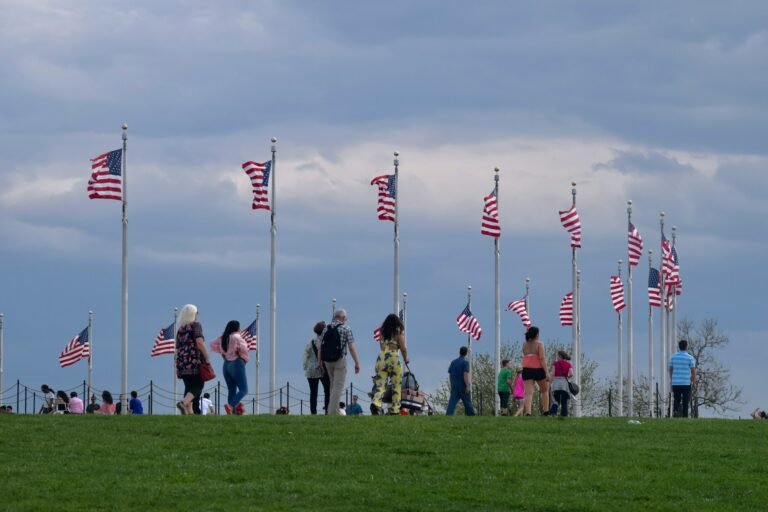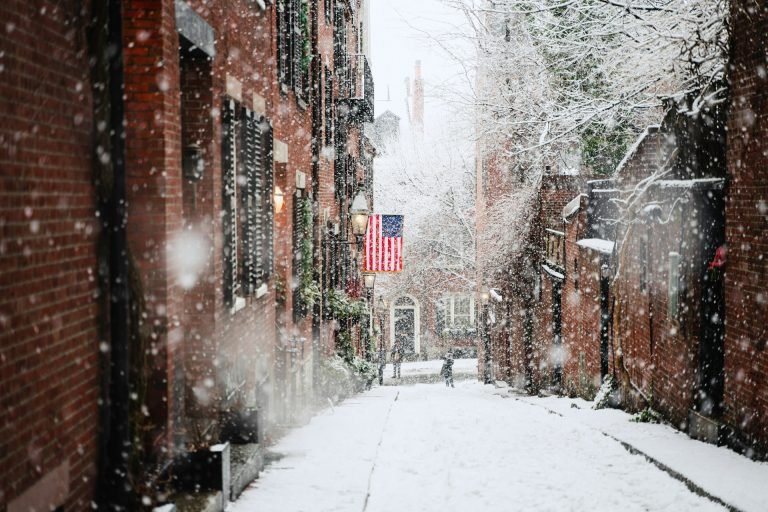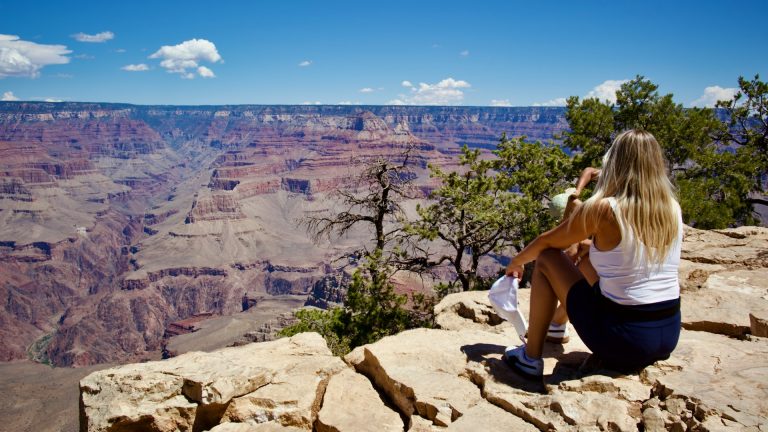There’s something magical about hugging the curves of the California coastline with the windows down, salty air rushing through your hair, and the promise of unexpected adventures awaiting around every bend. After countless trips up and down Highway 1, I’ve learned that the Pacific Coast Highway isn’t just a road—it’s a journey that stays with you long after the rental car keys are returned.
Planning Your Pacific Coast Highway Adventure: What Nobody Tells You
First things first—the Pacific Coast Highway (PCH) isn’t just one neat, tidy stretch of asphalt. It’s a magnificent, sometimes temperamental beast that winds along nearly the entire western edge of the United States. While most people associate the PCH primarily with California’s Highway 1, the complete route stretches from Olympia, Washington to San Diego, California.
I learned this distinction the hard way during my first attempt at navigating this iconic route back in 2018. Armed with nothing but Google Maps and blind enthusiasm, I found myself confused when road signs didn’t match my expectations. The lesson? Know your route before your tires hit the pavement.
The most breathtaking (and honestly, Instagram-famous) portion runs roughly between San Francisco and Los Angeles—about 400 miles of coastal perfection that you absolutely shouldn’t rush through. Trust me on this one: you’ll want at least 3-5 days to savor this stretch properly.
When to Go: Timing Is Everything on the PCH
Let me save you from potential disappointment: June isn’t the sun-soaked California dream you might expect. The locals call it “June Gloom” for a reason. The coast gets socked in with a stubborn marine layer that often doesn’t burn off until afternoon, if at all.
I once planned what I thought would be a picture-perfect anniversary trip in early June. We spent three days driving through what looked like the inside of a cloud, only catching occasional glimpses of the dramatic coastline I’d promised my partner. The photos looked like we’d traveled to the Scottish Highlands rather than sunny California.
For the best weather conditions, aim for late summer to early fall (August through October). The summer crowds have thinned, the fog lifts more reliably, and you might even catch ticket prices dropping a bit. That sweet spot in September gave me my most memorable PCH experience—clear skies, manageable traffic, and the occasional pod of dolphins playing offshore.
The Must-See Stops (And One You Can Totally Skip)
San Francisco to Santa Cruz (75 miles)
Begin your journey with a drive across the Golden Gate Bridge, stopping at Battery Spencer for that classic panoramic view of San Francisco. As you head south, the quaint seaside town of Half Moon Bay offers a perfect first coffee stop—I swear by the cappuccinos at Half Moon Bay Coffee Company.
Further south, take a slight detour to Año Nuevo State Park, where between December and March, you can witness an impressive elephant seal colony. Book a guided walking tour in advance if you’re traveling during this period.
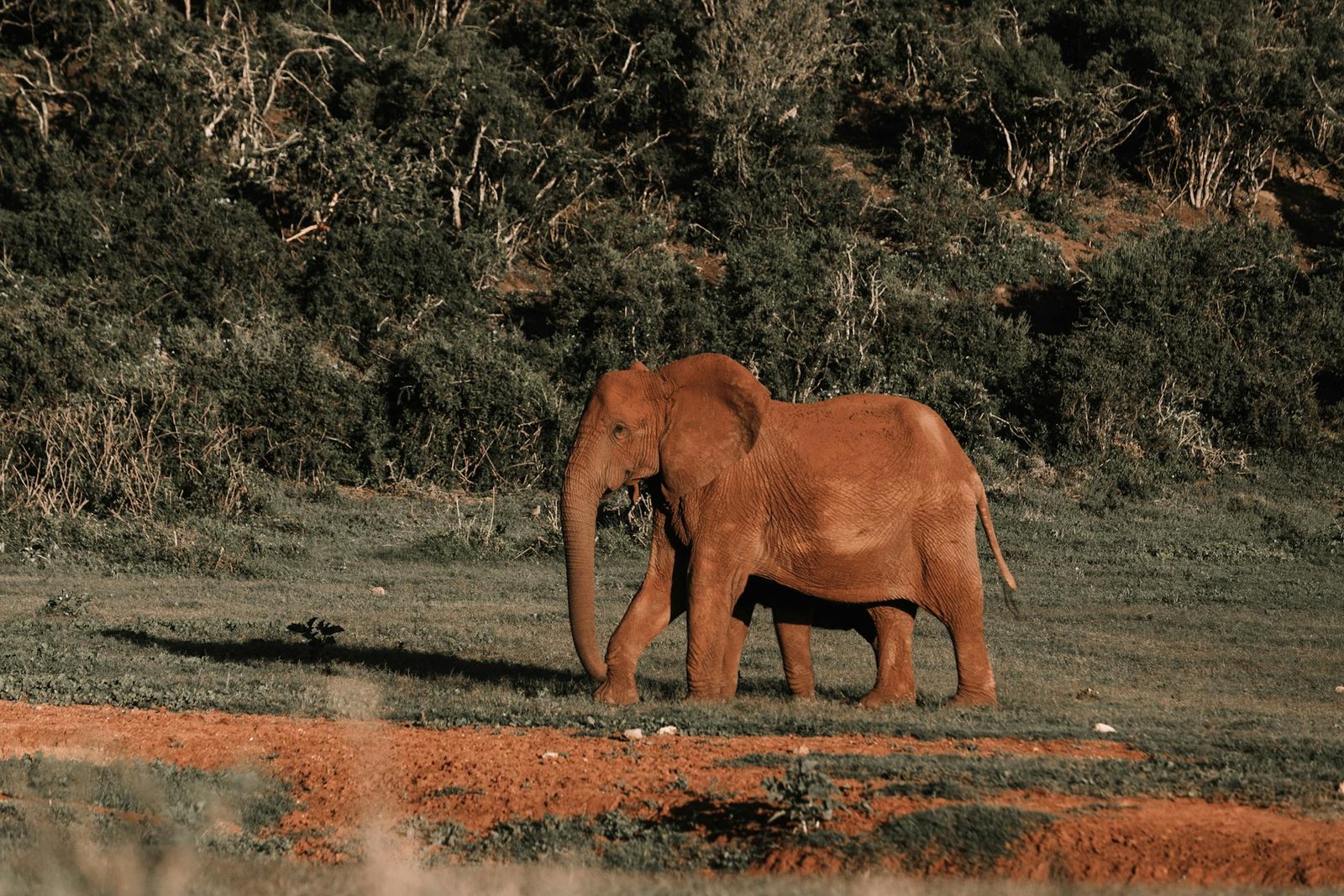
Santa Cruz’s Beach Boardwalk provides a nostalgic pause with its historic wooden roller coaster. Worth the stop if you’ve got kids (or are a kid at heart), but if you’re pressed for time, the views coming up will more than make up for skipping this attraction.
Santa Cruz to Monterey (43 miles)
This stretch brings you through artichoke country and into the charming town of Monterey. The renowned Monterey Bay Aquarium deserves at least half a day, but Cannery Row itself feels like a tourist trap that’s strayed far from Steinbeck’s gritty descriptions. The nearby Fisherman’s Wharf offers better seafood options—try the clam chowder at Old Fisherman’s Grotto.
Monterey to Big Sur (30 miles)
Now we’re getting to the heart-stopping part of the journey. The stretch through Big Sur represents everything a Pacific Coast Highway trip should be—dramatic cliffs, crashing waves, and curves that make you feel like you’re driving through a perfume commercial.
Stop at Bixby Creek Bridge for the obligatory photo op, but don’t just snap and go. Park safely and walk a bit for different perspectives. I’ve spent upwards of 45 minutes here just watching how the light changes the scene.
McWay Falls in Julia Pfeiffer Burns State Park offers a view that doesn’t seem real—a waterfall that plunges directly onto a pristine beach. The beach is inaccessible, which somehow makes it even more magical.
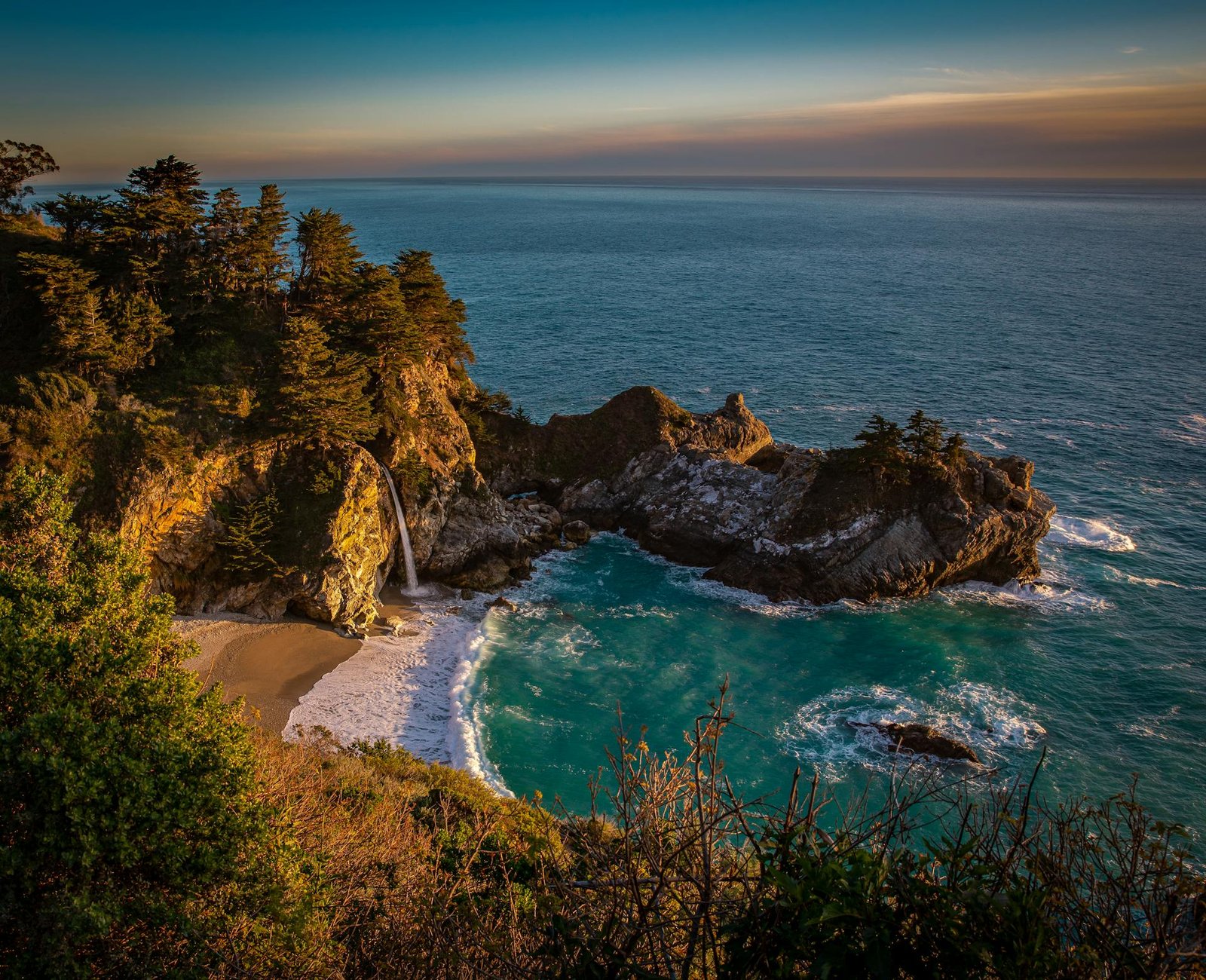
Pfeiffer Beach is worth the somewhat confusing detour down a single-lane road for its purple sand and keyhole rock formation. Go at sunset if possible—I’ve never seen colors quite like that anywhere else in my travels.
Big Sur to San Luis Obispo (100 miles)
As you continue south, the dramatic cliffs give way to charming coastal towns like Cambria and Morro Bay. Stop to visit the quirky architectural oddity that is Hearst Castle in San Simeon.
Don’t miss the elephant seal vista point just north of the castle—unlike the more regulated experience at Año Nuevo, here you can often spot hundreds of these massive creatures flopping about on the beach right from the parking area.
San Luis Obispo to Santa Barbara (95 miles)
SLO (as the locals call it) is worth lingering in for its vibrant downtown and excellent food scene. Check out High Street Deli for sandwiches that will ruin all other road trip lunches for you.
As you approach Santa Barbara, the landscape shifts again, with Spanish-inspired architecture and palm-lined beaches creating a distinctly Mediterranean feel. The Santa Barbara County Courthouse offers a free 360-degree view of the city from its clock tower that rivals many paid attractions.
Santa Barbara to Los Angeles (95 miles)
The final stretch brings you through Malibu, where the Pacific Coast Highway becomes more urbanized but no less beautiful. Stop at El Matador State Beach for dramatic rock formations and tide pools—go early in the morning to avoid crowds and parking headaches.
I’ll be honest with you: most PCH trips technically end in Santa Monica, but I’ve always found driving all the way to the Santa Monica Pier to be a bit of a letdown after the natural beauty of the previous days. The traffic thickens, the vibe changes, and suddenly you’re in city driving mode rather than coastal cruising mode.
Instead, I recommend ending your journey with sunset cocktails at Nobu Malibu or the more budget-friendly Malibu Farm at the end of the Malibu Pier. Toast to the miles behind you as the sun melts into the Pacific—a much more fitting conclusion to your adventure.
Where to Stay: Hidden Gems and Splurges Worth Every Penny
Accommodations along the PCH range from basic motels to luxury resorts that will make your credit card weep. Here are my tried-and-true recommendations:
Budget-Friendly Options:
- Pigeon Point Lighthouse Hostel, Pescadero: Stay in a historic lighthouse with cliff-top hot tubs. Book the private rooms if dorms aren’t your style. Reserve here.
- Big Sur River Inn, Big Sur: More affordable than most Big Sur options, with the added bonus of having actual chairs in the river where you can sit and read with your feet in the water. Book a room.
- Madonna Inn, San Luis Obispo: Not exactly budget, but worth every penny for the experience of staying in themed rooms that range from caveman chic to Swiss chalet. Check availability.
Worth the Splurge:
- Post Ranch Inn, Big Sur: Possibly the most spectacular hotel views in America, with prices to match. If you can’t justify the overnight cost, book lunch at their Sierra Mar restaurant for similar vistas. View rates.
- El Encanto, Santa Barbara: Old Hollywood glamour with infinity-edge pool overlooking the city. Reserve a room.
What to Pack: Lessons from Someone Who Got It Wrong (Twice)
The biggest packing mistake for a PCH trip? Assuming consistent weather. I’ve sweated through Big Sur in November and needed a parka in Malibu during July. The microclimate phenomenon along this coast is real, folks.
My essentials list now includes:
- Layers, layers, layers (think light sweaters and windbreakers)
- Good walking shoes (many vista points require short hikes)
- A real camera (your phone is great, but trust me, you’ll want higher resolution for these views)
- Downloaded maps and playlists (cell service disappears frequently)
- Reusable water bottle and snacks (food options can be limited and pricey in certain stretches)
- Sunscreen (even on foggy days, the UV index can be surprising)
Driving Tips: What Locals Know
Having navigated this route multiple times in all kinds of conditions, I’ve learned a few things:
- Drive south to north if possible. This puts you in the lane closest to the ocean views, and you won’t have to cross traffic to pull into vista points.
- Check for road closures before and during your trip. Highway 1 is notorious for landslides and closures, particularly during and after rainy seasons. The Caltrans website is your friend.
- Fill up your gas tank whenever you see a station in Big Sur. They’re few and far between, and yes, they’re expensive, but running out of gas with limited cell service is much more costly.
- Embrace the slow lane. The views are the point, not making good time. Pull over frequently to let locals pass—they’re just trying to get to work, not having a transcendent travel experience.
- Be flexible. My best PCH memories came from unexpected detours and spontaneous stops at unmarked viewpoints. That afternoon we spent watching otters play in a hidden cove because we decided to pull over at an unnamed turnout? Priceless.
The Ultimate Pacific Coast Highway Road Trip Playlist
A journey this epic requires a proper soundtrack. Skip the obvious “California” tracks and dig deeper:
- “Going to California” – Led Zeppelin
- “Blue Bayou” – Linda Ronstadt
- “Ventura Highway” – America
- “California Stars” – Wilco & Billy Bragg
- “Santa Monica” – Everclear
- “Pacific Coast Party” – Smash Mouth (yes, it’s cheesy, but somehow perfect)
- “The Only Place” – Best Coast
- “West Coast” – Lana Del Rey
- “California” – Joni Mitchell
- “Back to California” – Sugarcult
PCH Road Trip Costs: What to Budget
| Expense Category | Budget Option | Mid-Range | Luxury Experience |
| Accommodation (per night) | $100-150 | $200-350 | $500+ |
| Food (daily) | $30-50 | $75-100 | $150+ |
| Gas (entire trip) | $150-200 | $200-250 | $250+ (performance cars) |
| Activities | $100-200 | $300-500 | $1000+ |
| Car Rental (weekly) | $350-500 | $600-800 | $1200+ |
Final Thoughts: Why This Drive Changes You
There’s something about driving the Pacific Coast Highway that recalibrates your sense of what matters. Maybe it’s the perspective that comes from standing on the edge of a continent, watching waves that have traveled thousands of miles to crash against these shores. Perhaps it’s simply the enforced slowness of a journey where rushing means missing the point entirely.
Whatever the magic ingredient, I return to this route every few years when life gets too loud and complicated. The PCH reminds me that some experiences can’t be compressed, optimized, or improved with an upgrade package. Some things—the best things—simply take the time they take.
So roll down your windows, turn up your music, and give yourself permission to pull over at every vista point that calls to you. The Pacific Coast Highway isn’t just a road trip—it’s a reset button for your soul.
Frequently Asked Questions About Driving the Pacific Coast Highway
How long does it take to drive the entire Pacific Coast Highway?
While you could technically drive from San Francisco to Los Angeles in about 8-9 hours, you’d miss everything that makes this route special. I recommend at least 3-5 days for the main California section, or 7-10 days if you’re doing the entire West Coast from Washington to Southern California.
What’s the best time of year to drive the Pacific Coast Highway?
September and October offer the clearest weather and smallest crowds. Avoid June for its notorious coastal fog (“June Gloom”), and be prepared for potential rain and road closures during winter months (December-February).
Is it better to drive the Pacific Coast Highway from north to south or south to north?
Driving north to south (San Francisco to LA) puts you in the lane closest to the ocean, making it easier to pull over at viewpoints without crossing traffic. However, if your schedule only allows for the opposite direction, the views are still spectacular.
Where should I stop overnight on a Pacific Coast Highway road trip?
Monterey, Big Sur, San Luis Obispo, and Santa Barbara make excellent overnight stops, each offering different vibes and price points for accommodations.
Do I need to book accommodations in advance for a Pacific Coast Highway trip?
Absolutely, especially if traveling during summer months or weekends year-round. Big Sur in particular has limited lodging options that book up months in advance.
Is the Pacific Coast Highway dangerous to drive?
While not particularly dangerous under normal conditions, the road features sharp curves, occasional narrow sections without guardrails, and stunning views that can distract drivers. Take it slow, stay focused, and pull over to admire the scenery.
What should I do if there’s a road closure on Highway 1?
Road closures due to landslides or construction happen periodically. Check the Caltrans website before and during your trip, and have alternate inland routes planned just in case.
Are there good public transportation options for experiencing the Pacific Coast Highway?
Unfortunately, public transportation options are extremely limited for experiencing the PCH properly. This is one journey where having your own vehicle (or a rental) is essential.
What’s the speed limit on the Pacific Coast Highway?
Speed limits vary from 25-55 mph depending on the section, with many curves requiring much slower speeds. This trip is about the journey, not making good time, so plan accordingly.
Can I drive the Pacific Coast Highway in an RV or with a trailer?
While possible, driving larger vehicles on the PCH’s narrower sections (particularly through Big Sur) can be challenging and stressful. If you must bring an RV, keep it under 30 feet and be prepared for some white-knuckle moments.
Top Places to Visit and Resources for Your Pacific Coast Highway Journey
Must-Visit Locations
- Golden Gate Bridge – Official Website – The iconic starting point for many PCH journeys, with spectacular views of San Francisco Bay.
- Half Moon Bay – Visitor Information – Charming coastal town with excellent beaches and seafood restaurants.
- Monterey Bay Aquarium – Official Website – World-class aquarium showcasing the marine life you’ll be driving alongside.
- Point Lobos State Natural Reserve – Park Information – Often called “the crown jewel of the State Park system” with incredible hiking and wildlife viewing.
- Bixby Creek Bridge – Visitor Guide – Perhaps the most photographed bridge on the West Coast and a PCH icon.
- McWay Falls – Julia Pfeiffer Burns State Park – The postcard-perfect waterfall that plunges directly onto a beach.
- Pfeiffer Beach – Beach Information – Famous for its purple sand and stunning keyhole arch rock formation.
- Hearst Castle – Official Website – The opulent former home of newspaper magnate William Randolph Hearst.
- Morro Bay – Visitor Guide – Charming fishing village dominated by the impressive Morro Rock.
- Santa Barbara – Tourism Office – The “American Riviera” with Spanish-inspired architecture and beautiful beaches.
- El Matador State Beach – Beach Information – Dramatic rock formations and sea caves make this Malibu beach stand out.
- Getty Villa – Official Website – A recreation of an ancient Roman country house filled with antiquities in Pacific Palisades.
- Point Reyes National Seashore – National Park Service – Wild, windswept beaches and hiking trails north of San Francisco.
- Carmel-by-the-Sea – Visitor Center – Fairytale-like village with European charm, art galleries, and dog-friendly beaches.
- Channel Islands National Park – National Park Service – “The Galapagos of North America” accessible by boat from Ventura.
Useful Resources
- Caltrans Road Conditions – Live Updates – Essential for checking current road closures or construction.
- AllTrails – Hiking App – Find the best hiking trails along your route.
- SpotAngels – Parking App – Helpful for finding parking in notoriously difficult areas like San Francisco and LA.
- Turo – Car Rental Alternative – Rent interesting cars from local owners for a more memorable PCH experience.
- HotelTonight – Last-Minute Lodging – For spontaneous overnight stays if your plans change.
